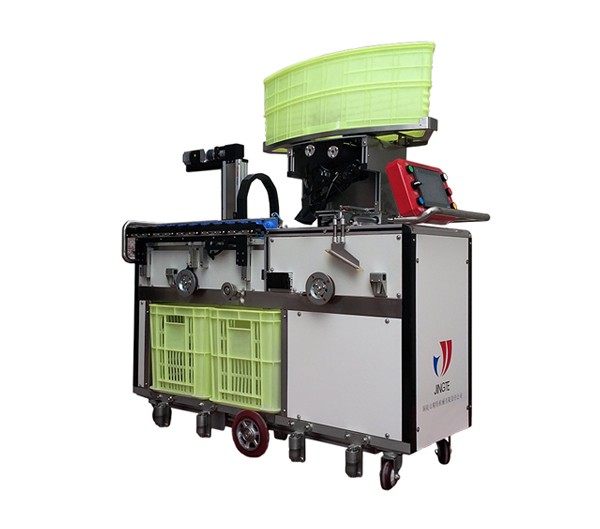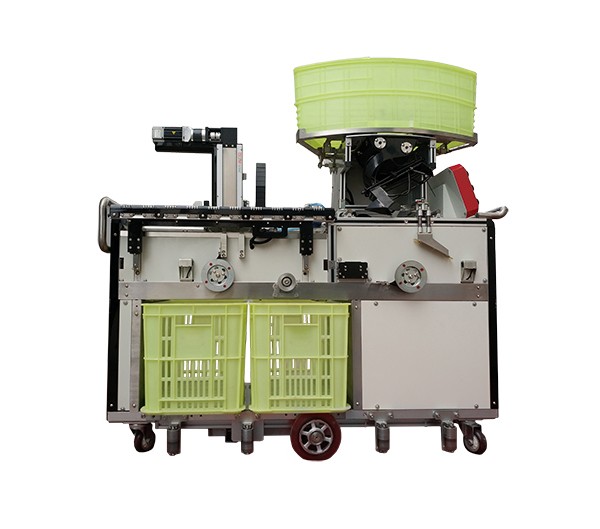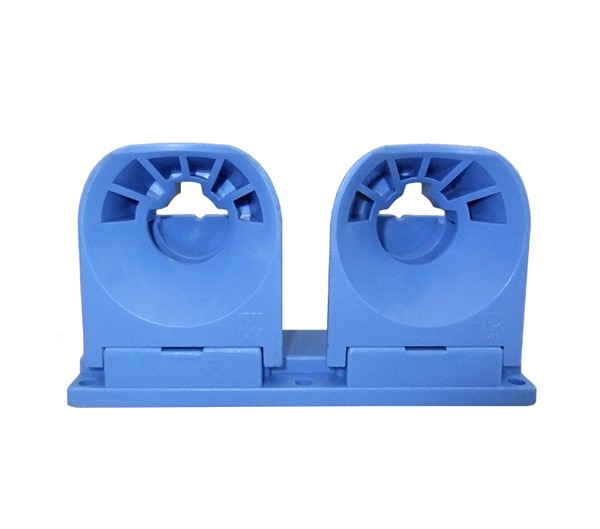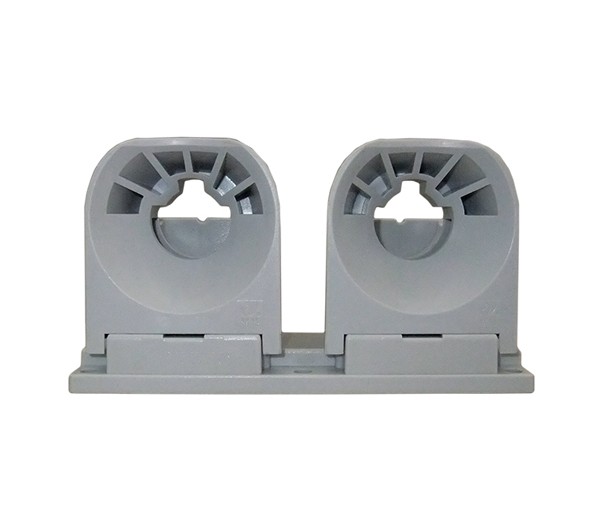In the first half of 2015, the textile machinery industry is moving forward under pressure
來源:未知 發(fā)布時(shí)間:2015/8/26 0:00:00
From January to May 2015, the textile machinery industry realized 45.373 billion yuan in revenue from its main business, an increase of 0.77% over the same period of last year, and its total assets amounted to 97.103 billion yuan, an increase of 4.44% over the same period of last year.
From January to May, the total profit of textile machinery industry was 2.766 billion yuan, down 0.82% from the same period last year; the loss of loss enterprises was 386 million yuan, up 48.90% from the same period last year; and the loss area was 17.09%.
From January to May, the investment in fixed assets in textile machinery industry was 10.643 billion yuan, an increase of 0.66% year on year; the proportion of fixed assets investment in textile industry was 2.70%. Among them, 153 new start-up projects fell by 8.93% year on year.
According to customs statistics, from January to May 2015, China's textile machinery imports and exports totaled 2.503 billion US dollars, down 18.63% year on year. Among them, textile machinery exports amounted to $1.303 billion, an increase of 8.28% over the same period of last year; imports amounted to $1.200 billion, a decrease of 35.92% over the same period of last year; since April, exports have surpassed imports for two consecutive months.
From January to May 2015, China imported textile machinery from 56 countries and regions. From the category of imported products, the import of chemical fibre machinery ranks first, with a total import of 248 million US dollars, down 49.98% from the same period last year. Imports of seven major categories of products all declined, chemical fibers, weaving and non-woven machinery declined more than the industry average. The main countries and regions of textile machinery import are Germany, Japan, Italy, Taiwan Province of China and Belgium, accounting for 81.58% of the total import. German textile machinery was the top importer, with imports of 521 million US dollars, down 18.52% year on year. Among them, the trade volume of chemical fibre machinery was 194 million US dollars, down 29.66% year-on-year; the growth rate of weaving machinery was the largest, up 62.88% year-on-year; and that of non-woven machinery was the largest, down 52.65%.
Looking from the category of export products, from January to May 2015, the export volume of knitting machinery was 385 million US dollars, an increase of 15.23%, accounting for 29.0%, ranking first. Afterwards, they are auxiliary devices and spare parts, finishing machinery after printing and dyeing, weaving machinery, spinning machinery, chemical fibre machinery and non-woven machinery, among which only spinning machinery exports show negative growth, down 17.67% year on year, accounting for 11.41%. From the perspective of exporting countries, China exports textile machinery products to 162 countries and regions, with India, Bangladesh, Vietnam, Indonesia and Pakistan as the top five countries and regions. Among them, exports to India totaled US$253 million, up 22.62% year-on-year, accounting for 19.39% of total exports.
Under the complex and changeable economic environment, the downward pressure of production and operation of textile machinery enterprises is still great, and the upgrading of industrial restructuring is difficult. Especially for spinning machinery, the current market is concentrated in the spinning projects in Xinjiang, which are participated by the main spinning machine set manufacturers. Other main machine manufacturers are not selling well. Enterprises closely related to improving the quality and efficiency of the industry, such as production aids and basic components, are slightly better than those of main enterprises, and are expected to improve in the second half of the year.




